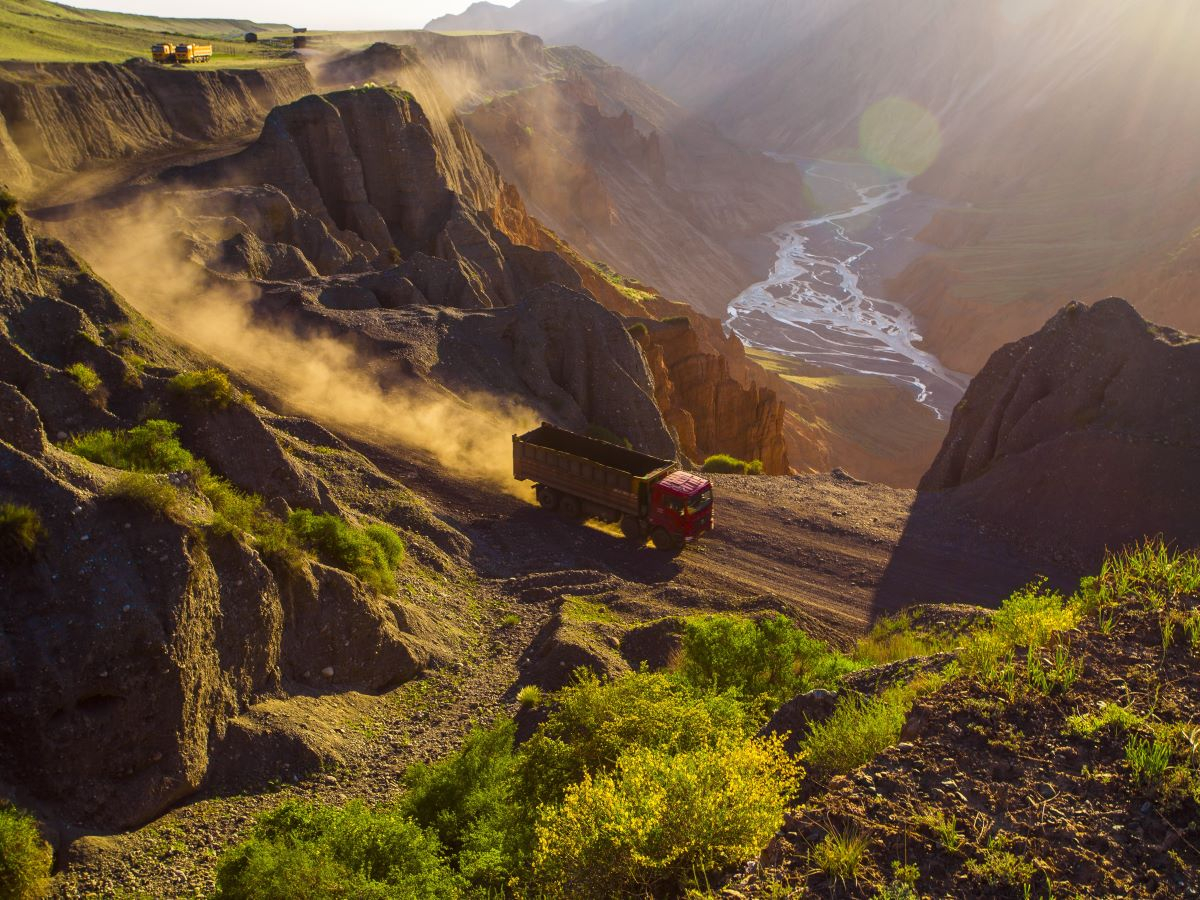The most pioneering concept in green mining is the development of eco-friendly extraction methods. Traditional mining processes usually use dangerous chemicals and carry out broad-scale environmental destruction to land surfaces. Atomized ferrosilicon is commonly used in the mining industry for dense medium separation (DSM) applications, where particles are separated based on their densities. This process is crucial for removing unwanted materials, separating minerals, and has various applications in mining. According to the Consegic Business Intelligence, the atomized ferrosilicon market is projected to reach 80.53 million dollars by 2030 with a CAGR of 4.3%.
In contrast, the latest methodologies like in-situ leaching and bio-mining are supposed to cause the least possible damage. In-situ leaching is a technique of dissolving minerals from ore without removing the rock from the ground, thus reducing the destruction of surfaces and the generation of waste materials. Bio-mining, the other brilliant idea, uses microorganisms to isolate metals from minerals and is a much more viable and cost-effective option than chemical methods.
Renewable energy integration
Mining companies can also achieve sustainable mining by integrating renewable energy sources. Mines switch increasingly to using clean energy such as solar, wind, and hydroelectric power to reduce greenhouse gas emissions. For example, the B2Gold Otjikoto Mine in Namibia offers solar as a power option which supplies 30-40% of the mine’s load. Gold Fields at Agnew Mine in Australia has already become one of the first mining operations to utilise a vast hybrid renewable energy solution that includes wind, solar, and battery storage.
Water Management and Recycling
Hydrological issues such as water utilisation and protection are pivotal issues in the mining sector, mainly because they account for a large part of the water used in the country, and there is a danger of water pollution by mining companies. Several means of attaining sustainable mining through new water strategies are being sought after. Breakthroughs in filtration and desalination have advanced water circulation in mines, which allows them to recycle and use water, thereby greatly reducing their freshwater consumption. Furthermore, enterprises are investing in water recycling complexes, considering that they are waste-discharge-free and do not pose a risk of contaminating local water bodies.
Waste Reduction and Material Reuse
The mill gives rise to a great deal of waste, such as tailings, slag, and overburden. In turn, sustainable mining practices are set to minimise waste and produce materials from these techniques, such as dry stacking for tailings, and one-time environmental hazards connected with tailing dams have been cut down. It is known, of course, that conversions of mining waste into construction materials and the supplies of production processes are currently the most developed industry trends. As an illustration, slag produced by steelmaking can be used for road building instead of mineral resources.
Digital Technologies and Automation
Digital technologies and automation significantly contribute to sustainability in mining by making processes more resource efficient. For starters, AI, the Internet of Things (IoT), and smart programs enable data gathering and recognition, leading to mines that are capable of maximal resource extraction and environmentally friendly operations. Besides, driverless cars and teleoperation of equipment do away with the need for the human presence inside hazardous areas thus improving the overall process and environment. AI-enabled predictive maintenance lets companies foretell imminent machine failures, thus shortening idle times to prevent resource wastage.
Sustainable supply chain practices
Environmentally friendly mining should extend beyond extraction and encompass the entire supply chain. On a cumulative basis, however, the number of companies gaining eco-friendly sourcing habits is visibly high. Barring the unethical mining of materials, companies need to set in place sustainable sourcing practices by offering responsible treatment of workers and could, moreover, use blockchain technology that enhances transparency and traceability in the supply chain. In this way, other stakeholders can verify the sustainability credentials of the raw materials. Moreover, they should be in close cooperation with local communities and ensure the observance of fair labor principles, important prerequisites of the sustainable supply chain solution.
Rehabilitation and land reclamation
Post-mining land rehabilitation and reclamation are crucial for ameliorating the long-term environmental impact of mining activities. Modern strategies for land rehabilitation also suggest the use of native vegetation for ecosystem restoration and the establishment of artificial wetlands to purify the polluted water. Occasionally, old mines are turned into something completely different, e.g. agriculture, forestry, or renewable energy projects. The primary goal of reclamation is to not only restore the ecological balance but also to offer some economic incentives to local communities.
Sustainable mining practices are indispensable not only for the balance between the need for mineral resources and balanced environmental stewardship but also for social responsibility. This article presents the innovative steps that the mining sector is taking to decrease its environmental consequences and promote sustainability. As the technology develops, the improvement of sustainable mining is to be expected, thereby creating a cleaner and more accountable sector that leads the progress of your planet.
Image: Envato



